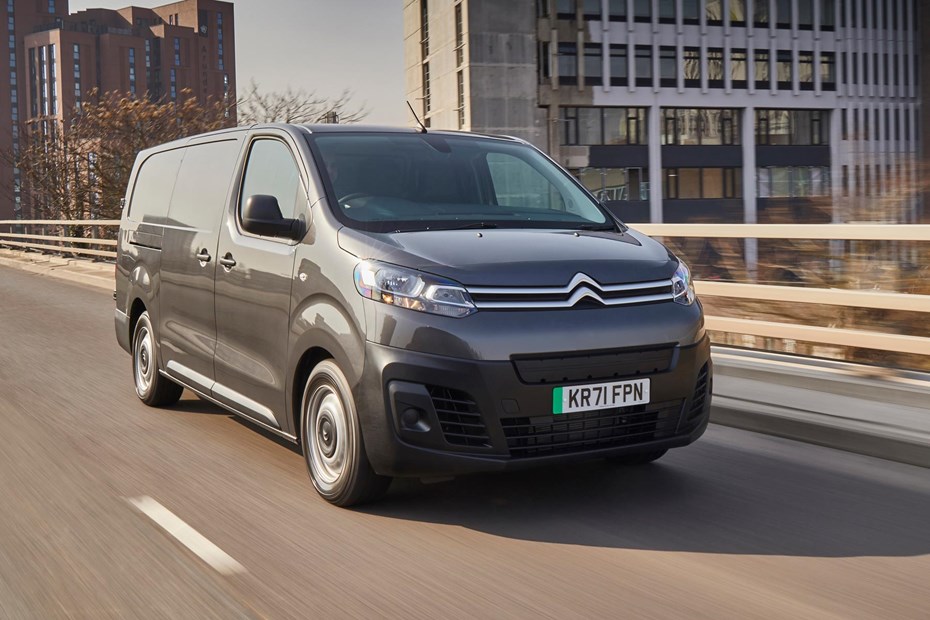Top tips on getting hitched:
- Become methodical about hitching up and unhitching so that you don't forget anything. If your car's mirrors don't give a good view past the trailer fit extra towing mirrors.
- Apply the trailer handbrake, remove any towball and electrical socket dust covers and security devices. Check the towball is lightly oiled (not greased).
- Manoeuvre the trailer into a position that is easy for you to reverse the car up to. If the trailer has tandem axles, raise the front wheels clear of the ground to aid manoeuvrability.
- Raise the front of the trailer using the jockey wheel to the required height.
- Get a helper to stand with their hands showing you where the hitch is (place a broom against it if you are alone) and to indicate if you are off line. Reverse the car up to the trailer.
- Over the last foot or so, your helper should use their hands to show you the actual distance between towball and coupling head.
- If you have to stop a few inches short, judge how far back you are by comparing the front wheels' movement to something on the ground.
- Wind the jockey wheel down to lower the coupling head onto the towball. Some coupling heads have an automatic lock, others are manual and may have an indicator to show when the ball is in place.
- Once the coupling head appears locked on, lower the jockey wheel a few turns to lift the back of the vehicle to prove the coupling head is on properly. Once checked winded the jockey wheel fully up before securing it safely. Check that the jockey wheel it is not fouling the coupling overrun mechanism (it applies the trailer's brakes when the car brakes).
- Attach safety breakaway cable(s) to the rear of vehicle that will apply the hand brake if the trailer becomes detached while towing. Some tow bars will have special rings for this.
- Do not loop the breakaway cable round the towball neck unless there is no alternative. Check that the cable has enough slack for cornering but will not touch the ground.
- Plug in the lighting plug, and check there is enough slack for cornering but will not touch the ground. The electrical plug only fits one way, so line up its cut-out with the lug on the bottom edge of the socket. Some cars have two sockets - use the one with the black cover flap because the one with the white flap is for caravan supplementary electrical systems.
- The driver needs to ensure all lights work. Turn on the car lights and check all the trailer's lights work including brake. If you are alone, use a short stick between the pedal and the seat to hold down the brake pedal.
- Adjust both external mirrors so that you can see down both sides of the trailer.
- When loading a trailer ensure the weight is distributed appropriately. Nose weight is a very important to ensure vehicle and trailer stability. Inadequate nose weight can cause snaking problems. Too much nose weight causes other problems.
- Nose weight should be at least 50kg when the outfit is stationary. Check what the vehicle and trailer manufacturers recommend for nose weight.
- It is your responsibility, as the driver, to ensure your vehicle and/or trailer is not overloaded.
- If the trailer has an eye coupling, after attaching the trailer, make sure the safety locking catch on the towing pin is properly applied and that the safety pin or clip is fitted. If this is not fitted, the trailer could become unhitched.
(Source: National Trailer and Towing Association)





